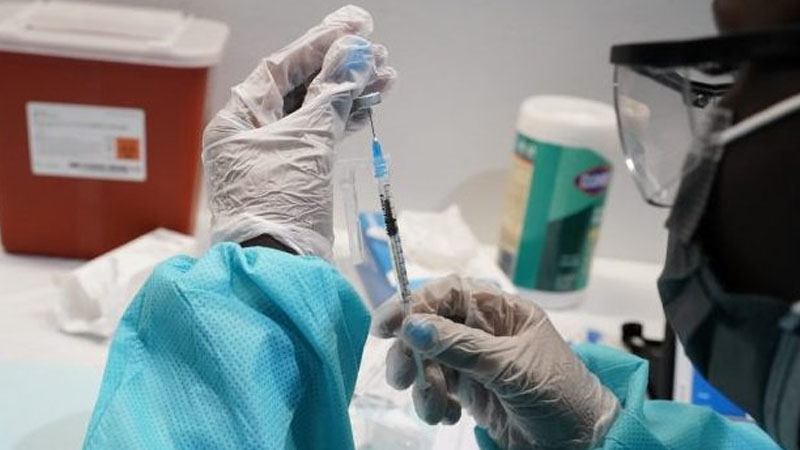Many people are tired of grappling with long COVID – here are some evidence-based ways to counter it

PHOTO: Associated Press
A patient of mine, once a marathon runner, now gets tired just walking around the block. She developed COVID-19 during the 2020 Christmas holiday and saw me during the summer of 2021. Previously, her primary care doctor had recommended a graded exercise program. But exercise exhausted her. After months of waiting, she finally had an appointment at our post-COVID-19 clinic at the University of Virginia.
She is hardly alone in her extended search for answers. Studies suggest that from 10% to 45% of COVID-19 survivors have at least one of the following symptoms three months after recovery: fatigue, cough, shortness of breath, difficulty sleeping, difficulty with daily activities, or mental fogginess, otherwise known as “brain fog.”
There are many names for this condition: long COVID, long-haul COVID, post-acute COVID-19 syndrome, and chronic COVID. Patients report that their symptoms, or the severity of them, fluctuate over time, which makes diagnosis and treatment difficult.
Response to infection
Researchers and doctors have seen similar recovery patterns from other viruses, including Ebola and Middle East Respiratory Syndrome, or MERS, which is another coronavirus.
This suggests that the illness we see following a bout with COVID-19 may be part of a patient’s response to the infection. But doctors and researchers do not yet know why some patients go on to have persistent symptoms.
My clinical practice and academic research focus on critically ill patients. Most of my patients now are people who had COVID-19 with various levels of severity.
I often tell these patients that we are still learning about this disease, which wasn’t part of our vernacular before 2020. Part of what we do at the clinic is to help patients understand what they can do at home to start improving.
Many people are tired of grappling with long COVID – here are some evidence-based ways to counter it.
A more advanced tool is called box breathing: Breathe in for a count of four to five, hold your breath for a count of four to five, breathe out for a count of four to five, and hold that for a count of four to five.
Long COVID patients who use these techniques show improvement in symptoms of breathlessness and a sense of well-being.
The Road to Recovery
The patient I referred to earlier did all of these things. As we worked with her, we discovered she had multiple reasons for her symptoms. In addition to over-breathing and symptoms of post-exertion malaise, she had a new cardiac problem, possibly related to her COVID-19 illness, that made her heart work less well during exercise. Now she is recovering; while not back to marathon running, she is feeling better.
Currently, there is no cure for long COVID, though we hope the research will lead to one. Clinical trials looking at potential therapies are continuing. In the meantime, people should be cautious about using medications that are not proven to help – and if you’re having symptoms, get evaluated.




